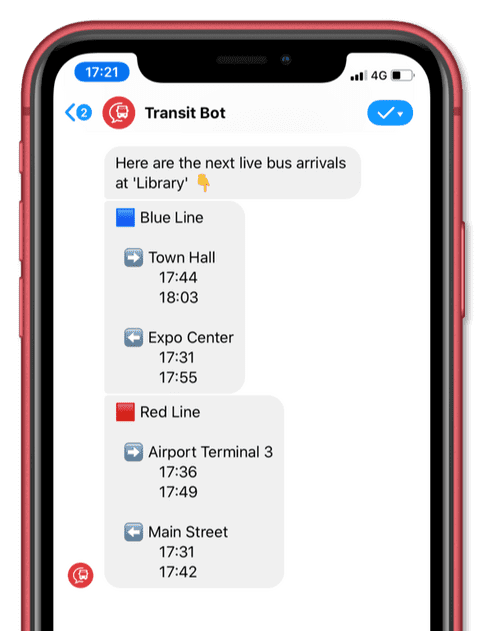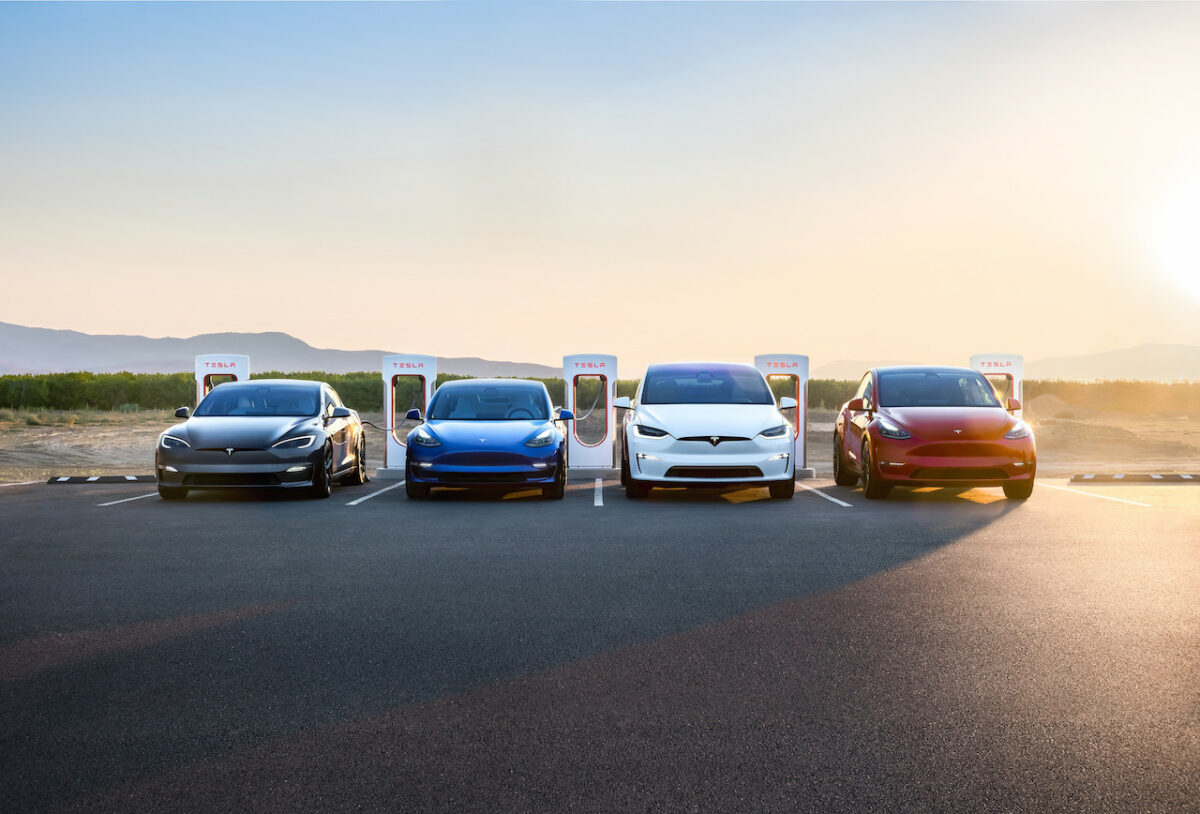Modern public transportation systems have a rich history dating back over a century. The London Underground, established in 1863, and New York City’s subway, which opened in 1904, are iconic examples. While these systems have evolved with technology and urbanisation, the costs of maintaining and upgrading them to meet modern standards have often exceeded available resources.
In the US, these upgrades can be 50% more expensive than in other countries. For instance, the installation of screen doors at just three New York subway stations is expected to cost around US$100m. Consequently, public transportation experiences often lag behind the times. Delays, complicated route planning and frustrations from the need to cross reference information are common, contributing to lower satisfaction among commuters when compared to alternative modes of transportation like cycling or driving.
 Given the multitude of challenges in the public transport sector, enhancing customer experience (CX) requires multifaceted solutions. While various cities have adopted CX-focused measures to improve cleanliness and public safety, conversational AI remains an underutilised tool in the public transport sector.
Given the multitude of challenges in the public transport sector, enhancing customer experience (CX) requires multifaceted solutions. While various cities have adopted CX-focused measures to improve cleanliness and public safety, conversational AI remains an underutilised tool in the public transport sector.
Streamlining the transportation experience
AI-powered chatbots have the potential to address some of the common frustrations faced by public transportation commuters. They can help streamline communication, provide real-time information and improve overall user experience for commuters. For example: chatbots provide an interactive and user-friendly method for commuters to plan their journeys. With a chatbot, commuters can receive personalised route recommendations, compare prices and offer suggestions for stops closest to their destinations. When delays arise, chatbots can quickly offer alternative routes, ensuring a smoother travel experience. As users interact more with chatbots, the quality and personalisation of their recommendations also improve significantly.
Chatbots can also integrate booking and payment processes seamlessly, eliminating the need for commuters to switch between multiple apps or services. This convenience extends beyond traditional public transport to include e-bikes, scooters and other ride-sharing options. For example, the Mumbai Metro sells tickets directly through WhatsApp, simplifying CX and reducing the burden on travellers and ticketing agents.
When it comes to alerts, chatbots can assist commuters in real-time during their journeys. They can provide updates on delays, alternate route suggestions and relevant information throughout the travel. These real-time updates reduce customer frustration and minimise disruptions, ultimately leading to cost savings for public transport agencies and happier commuters.
To ensure a positive CX, chatbots require continuous testing and monitoring
They are also useful when it comes to multilingual support, allowing passengers to communicate in their preferred language. This feature enhances accessibility and ensures a more inclusive user experience for commuters from diverse linguistic backgrounds. For instance, in a city like New York, where people from around the world visit and live, a public transport chatbot can support languages such as English, Spanish, Mandarin, Arabic, and more.
Chatbots can go beyond language support and provide valuable information about accessibility features for passengers. This includes details on which stations have step-free access, ramps, elevators, or other accommodations for individuals with mobility challenges.
Testing
Chatbots offer a promising solution to enhance public transport CX without adding excessive costs, however, their implementation is not without challenges. Careless deployment can lead to a glitchy and frustrating experience for users. Chatbots, especially in their early phases, may provide inaccurate responses and struggle to understand the various ways users ask the same question. To ensure a positive CX, chatbots require continuous testing and monitoring.
Continuous testing services play a crucial role in guiding chatbots’ machine learning processes and ensuring a seamless and secure user experience. These services enable chatbots to adapt and learn over time, minimising errors and increasing user satisfaction.
In a world where public transportation systems are struggling to keep up with the demands of modern urban life, conversational AI-powered chatbots are emerging as a beacon of hope. They offer a much more efficient, user-friendly and connected travel experience, from route planning and booking to real-time updates and personalisation based on preferences.
To ensure their success and maximise their impact, the public transportation sector must invest in comprehensive chatbot testing and monitoring services. By doing so, it can embrace the full potential of chatbots and elevate the commuter experience to new heights, ushering public transport into the digital age.
The opinions expressed here are those of the author and do not necessarily reflect the positions of Automotive World Ltd.
Christoph Börner is Senior Director, Digital, at Cyara
The AutomotiveWorld.com Comment column is open to automotive industry decision makers and influencers. If you would like to contribute a Comment article, please contact editorial@automotiveworld.com



